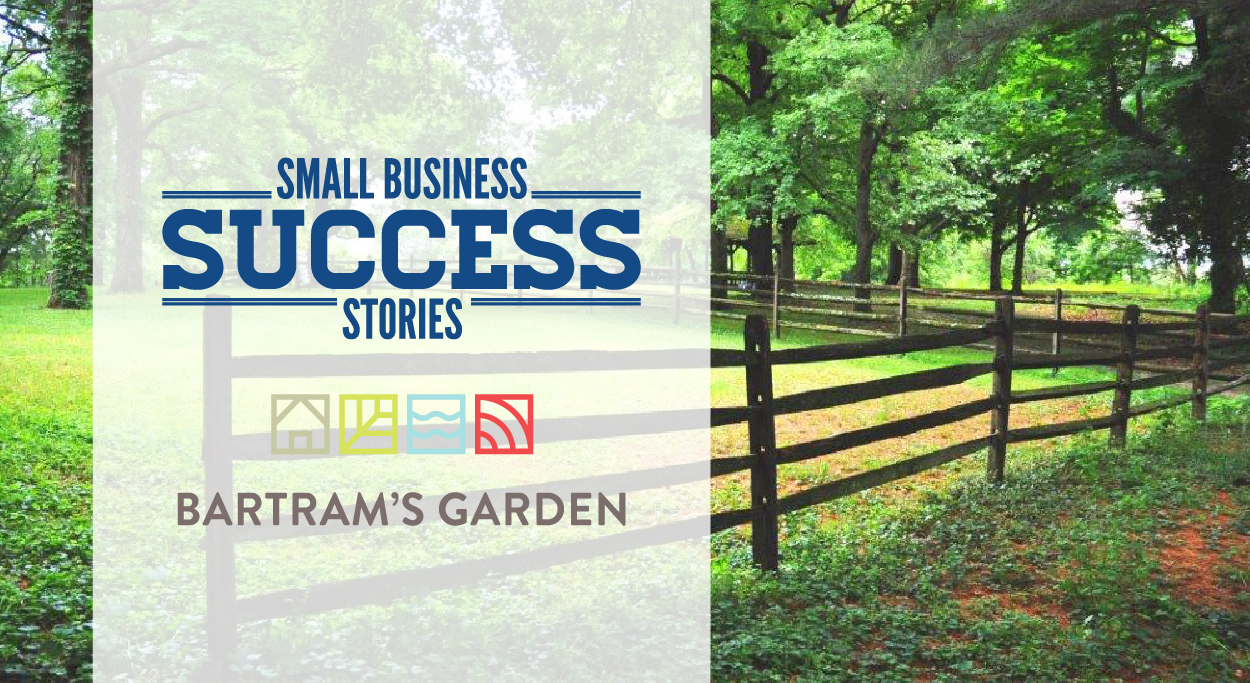Today’s small business success story is the 45-acre “Bartram’s Garden”, a National Historic Landmark started by the John Bartram Association alongside Philadelphia Parks and Recreation. The park was created to preserve the work of John Bartram, one of America’s first botanists. In the early 1700’s, Bartram gathered the largest collection of North american plants in the world. Today’s interview is with Stephanie Phillips, the Assistant Director of the John Bartram Association.
Stephanie purchased rigid plastic signs and aluminum signs, among others, to use for educational and directional purposes around the garden.
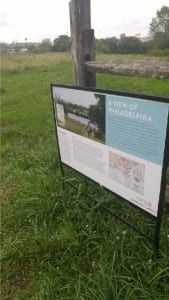
Tell us about yourself.
I have a background in the arts and preservation, and have worked for non-profit organizations in Philadelphia for the last 15 years. My favorite jobs have been at small non-profits because I like to feel useful and I never know exactly what the day will bring. Whether it is designing a sign or helping to develop a strategic plan for the next three years, there is always something new to learn and do.
What does your company do?
Bartram’s Garden is a 45-acre National Historic Landmark on the banks of the Schuylkill River in Philadelphia. As the largest public green space in a highly industrial neighborhood of Philadelphia, we connect and inspire our community through nature. We offer free river boating programs, horticulture and history tours, a community farm, environmental education for 9,000 Philadelphia school children, and free festivals. In addition, we provide space for family celebrations and a place to simply enjoy nature
Where did the idea for your business come from?
John Bartram was America’s first great naturalist and explorer. A self-taught man, he traveled all over the American colonies in the 18th century, collecting native plants and sending them abroad to audiences who were eager to learn about the New World. His trans-Atlantic plant business developed the first seed catalog in America and he is widely recognized for his entrepreneurship and contributions to the study of plants and wildlife. I work for the John Bartram Association, which was founded in 1893 by Bartram descendants, and now has a professional staff of 28. Our mission is to inspire a love of nature and the importance of stewardship, using the example of John Bartram
What sets you apart from your competition?
Bartram’s Garden has it all, honestly. It is at the nexus of history, horticulture, and public recreation because of its unique landscape and location in the midst of oil refineries and freight train tracks. It enjoys the only public river access on the tidal Schuylkill River, tidal wetlands, a meadow reclaimed from a former concrete factory, and John Bartram’s original house and farm buildings.
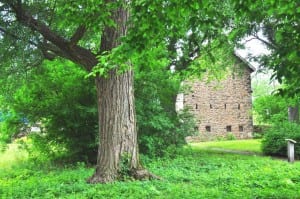
What is one strategy for gaining customers that you have been successful with?
We rely on partnerships to fill in our gaps in expertise and serve new audiences. For example, we developed a community farm and food resource center in 2011 with the Agatston Urban Nutrition Initiative at the University of Pennsylvania, Pennsylvania Horticultural Society, and the City of Philadelphia. We each brought our own strengths and resources to the partnership, and it currently distributes nearly 8,000 lbs. of fresh produce and 60,000 vegetable seedlings to our surrounding community. In addition, 40 families are growing their own healthy food in community garden plots and 20 local high school students receive academic support and stipends to manage the crop farm.
That’s one way it’s worked for us, and it is important for small businesses to be flexible and honestly evaluate their capacity to manage growth without the additional support that partnerships can bring.
Is there an area that you’ve struggled with in regards to customer acquisition that you believe is critical to future success? If so, how are you overcoming that?
Bartram’s Garden is a free public park and we only charge admission for programs and tours. We don’t have the traditional ticketing that most gardens enjoy, and collecting data about our visitors is challenging. Without that information, building our membership base and marketing outreach has been limited. In addition, we will become a major recreation destination with the arrival of a regional bicycle trail by 2017, which will go directly through our site. Right now people come here because they know about the Bartram history or for specific programs and events. Those who will arrive by the new trail may not understand the garden’s significance and the importance of our stewardship. Getting the casual visitor to care for and support the garden will be the key to our future sustainability. We are working to overcome this through more diverse, community-driven programs, enhanced social media presence, new interpretive signs, and updated tracking software and policies.
How do you compete with the bigger competitors that are similar to yours but have a recognizable brand and large marketing budgets?
We are fortunate in this sense because we have a built-in brand as the birthplace of American botany, our riverfront accessibility, and our potential to serve a surrounding community that has been largely disenfranchised. In addition, we are expecting a significant increase in traffic with the new trail. There is no other garden like ours.
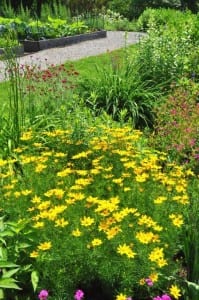
What is one of the biggest challenges you have had with your business and how did you overcome it?
While we have all these amazing assets, we have very limited marketing resources. Our challenge is overcoming the perception that we are a “hidden oasis” that is difficult to find. Some of this will be mitigated with the new trail for Philadelphia residents, but we must also attract visitors from further afield and encourage them to return. We don’t want to be a historic site that people visit once and check off the list, and that is why we are investing into programs that are relevant to our community like river paddling, community movie nights, and the farm.
If you could rewind time is there anything you’d do differently? If so, what?
One of the perks of being in a small company is that you can be nimble and experimental. If something doesn’t work, you can make quick adjustments or let it go. However, it is important that there is good communication about shared outcomes. This may be a problem specific to non-profits, but we have to balance our programmatic mission with opportunities to leverage income. We know that some programs may not make money, but they serve a specific audience and may be subsidized by grants. Other programs may focus more on fundraising and increasing membership. Making sure that we have the right balance is a learning process, and I wish I’d learned some lessons earlier.
If you had advice for other SMB owners, regardless of the industry, what would it be?
People love to give advice. Take it.
How do you “WOW” your customers?
Honestly, once people get here, the garden itself is the WOW. We offer great experiences and friendly, personal service, too, but the landscape and river are magical.
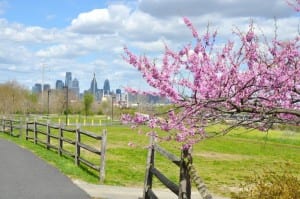
Without sharing detailed financials can you speak to your growth to this point and why you think it will continue?
Our budget has doubled in the last two years as we’ve invested in community outreach and expanded river programs. Our staff has grown to 28 people, up from 20 in 2013. We see this continuing through external investment in Southwest Philadelphia, increased visitorship from the trail, and our enhanced capacity and infrastructure.
Where can you be found on the internet?
Website: www.bartramsgarden.org
Facebook: www.facebook.com/bartramsgarden
Editors Note: We thank Stephanie for participating in our small business success story. It is a lot of work to preserve the historic garden in the rapidly growing city of Philadelphia and we thank her for all of her hard work and dedication. We hope that more people can take time out of their days to learn more about America’s history. Thank you for your time, Stephanie!





























